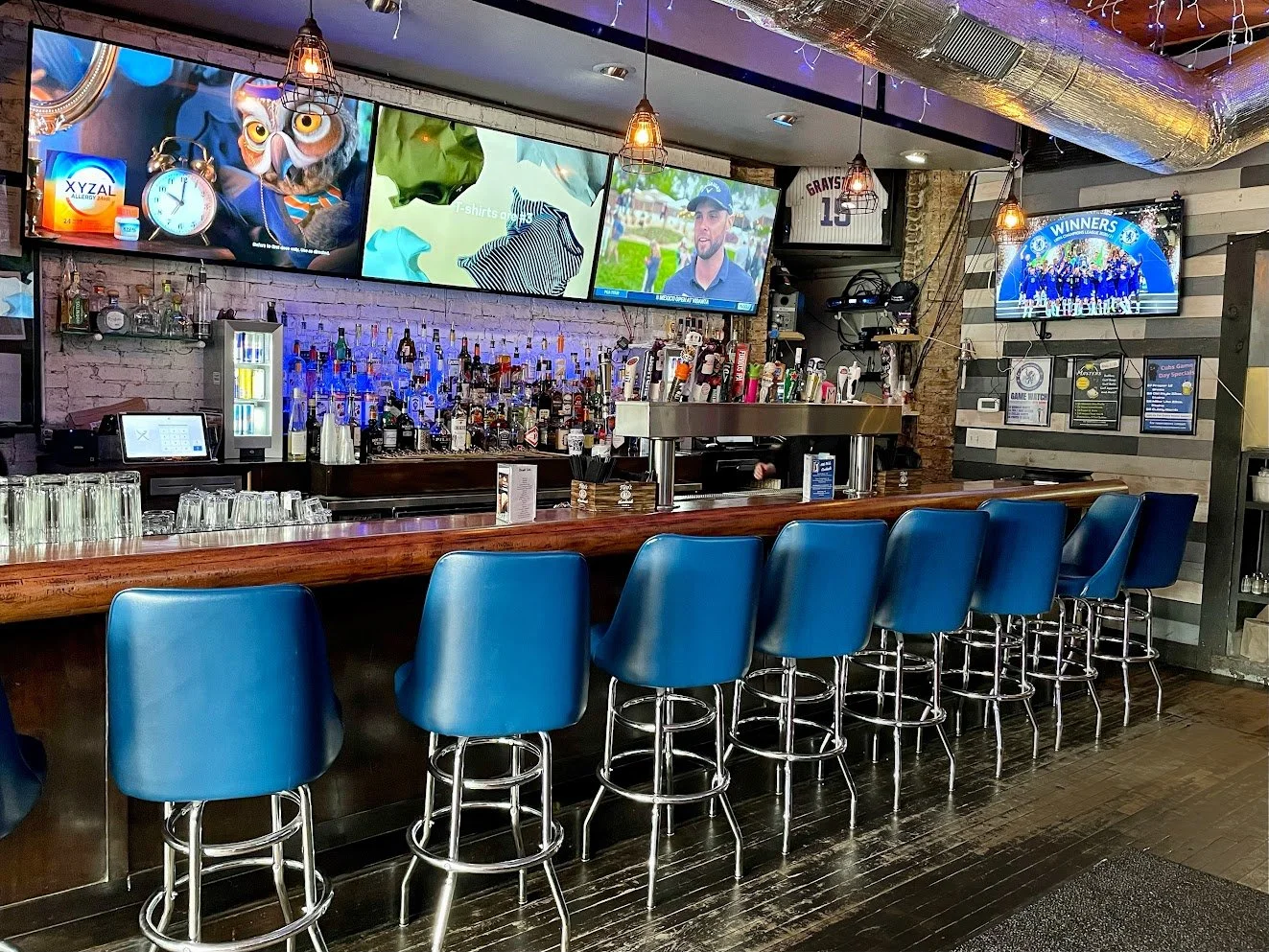You may not want to hear it, but the sports bar killed restaurants. Or, if not killed, irrevocably damaged. Why do we say so, you ask? Read on below.
Information overload
It all started with the addition of the TV. Once we got screens installed, everything changed. Restaurant culture started to shift to a top-heavy distribution where the experience outweighed the quality of the food. What ended up happening as a result? The slightly more subtle aspects of food quality–that is the ones that are not immediately obvious–were taken out. Long story short, corners were cut while everyone was distracted. The highly-processed, easy-to-deep-fry food these joints were serving up undercut the more expensive restaurant operations.
A sports bar, complete with large flatscreen TVs. (Source: Urban Matter)
In an ideal world
Restaurants by nature are about dining, about eating, and about food. It’s not a competition for attention–about what can be the most exciting. And, logically, food should be about agriculture! In an ideal world, restaurants have a direct link to the farms, mills, and fisheries that supply the goods to the establishment. Although it may be more pricey to source ingredients and cook from scratch, ideally that is the sacrifice that people interested in the business of serving food would make.
A sustainable farm in Puerto Rico. (Source: PR51st.com)
A promising movement
The Slow Food movement is something that is especially promising as we look ahead into the world of dining out to come. This consumer and restauranteur-led push represents a conscious effort to achieve the dream described above. The central idea of this movement is that all people have a right to access a sustainable food source. How is that defined exactly, you ask? According to Slow Food, food should satisfy the following three criteria:
Good. Food should be high-quality, healthy, and full of flavor.
Clean. Food should be produced in a way that does not harm the environment.
Fair. Food should be accessible geographically and financially for consumers, and producers should be paid fairly.
By following these three guidelines, this movement has already made a big impact. So, while the invention of the sports bar may have permanently changed how we eat out, there’s room for a lot of change in the future.
Slow Food farmers enjoying a shared meal. (Source: Edible DC)




